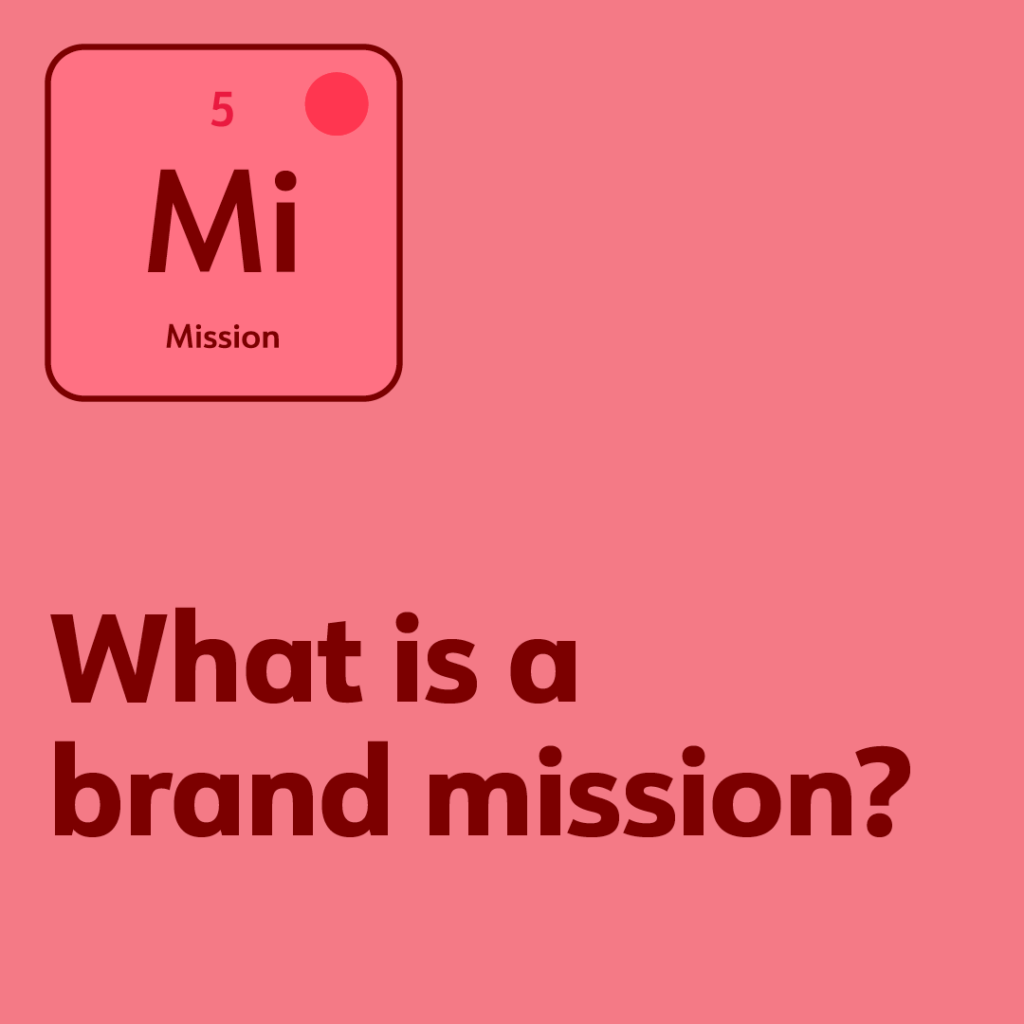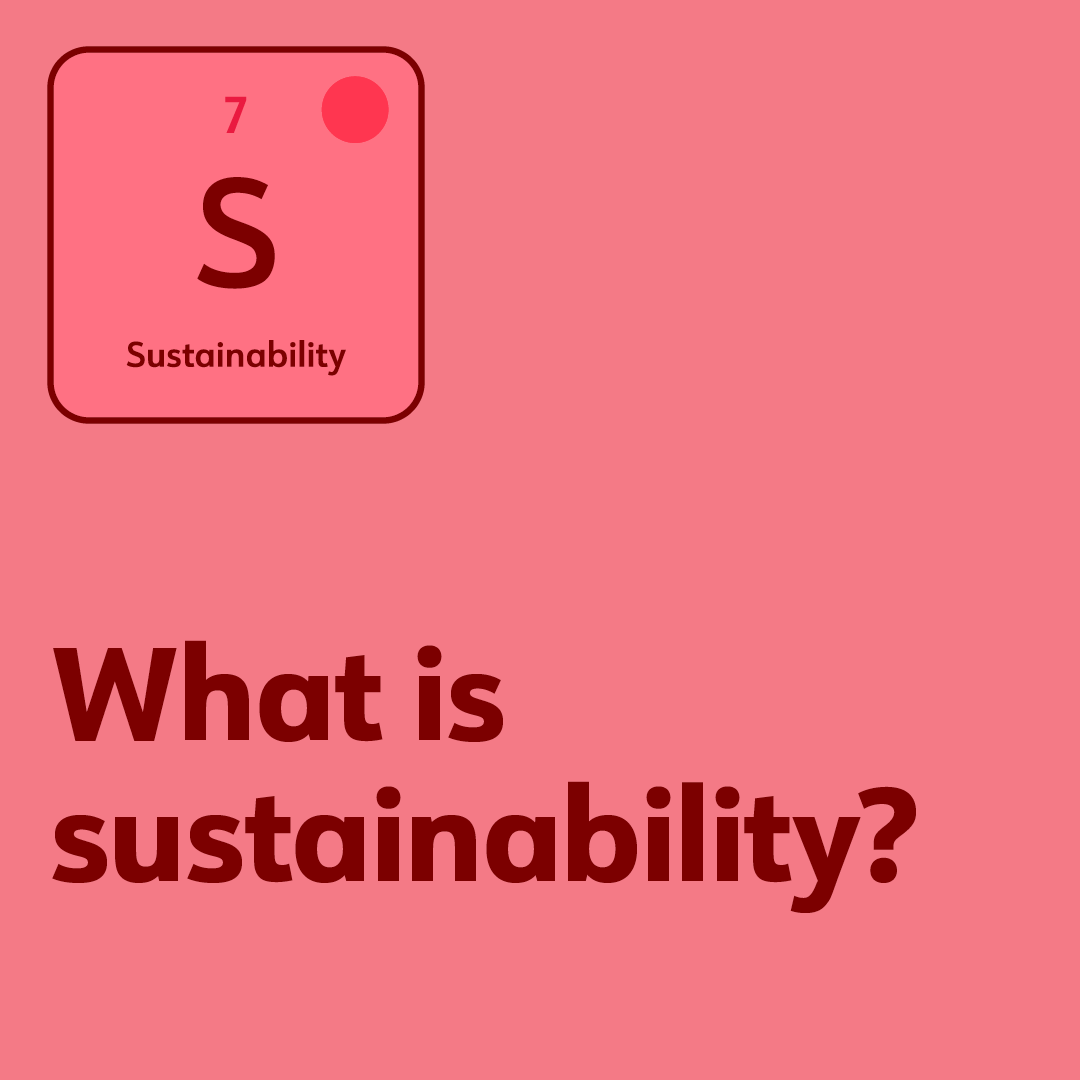
A mission is the reason we wake up in the morning. It’s like a compass, guiding us toward our goals and helping us to stay on course. If we are talking to a customer, the mission should show us how we can help that client. If a new situation comes along, the mission should help us meet it. For example, when Covid hit in 2020, a clear mission could’ve guided us in how we act.
People often confuse this with either goals or visions: a goal is something that we want to accomplish, and a vision is an image of what our life would look like if we achieved our goals. But neither of those really tell us what we’re doing today—how we get there. A mission does.
And while you can use your goals and visions to guide your actions, they won’t be enough on their own if they don’t include a mission to help you focus your decision-making, every second of every day. Your mission helps those working for the company understand why they’re doing what they’re doing. It helps stakeholders who may get involved with the company—whether that’s investors or other people who have a stake in your success—understand what you’re about, and how they can help. And it helps customers who spend money at the company feel confident that they’re supporting something worthwhile.
Your mission statement is something you’re proud of, and something you want to show off!



